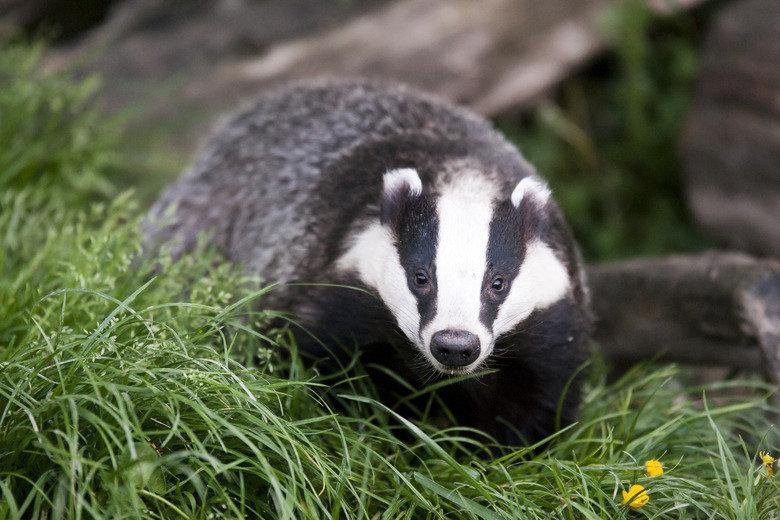Physical Address
Suite 5, 181 High Street,
Willoughby North NSW 2068
Physical Address
Suite 5, 181 High Street,
Willoughby North NSW 2068

Badgers and wolverines don’t resemble each other even though they both belong to the mustelidae family that also includes skunks, minks and weasels. Like other mustelids, they have five toes on each foot and use a musky odor to mark territory, attract mates and to defend themselves. But these distant cousins live in vastly different habitats. The United States badger population is stable, while wolverines struggle to survive in only the wildest places.
Badgers are short, flat, fat and fluffy. They are 16- to 28-inches long and weigh 9 to 26 pounds. They have long, light gray to brown fur on their backs and sides and black on tops of their heads with a cream-colored chest, belly and throat. They have small, round, white ears and white cheeks framed by black stripes that resemble sideburns. A black stripe extends from the top of the head to the nose, separated by a white stripe from the nose to the shoulders or, in some areas, to the tail. The badgers utilizes its long, thick claws on their short, black feet for digging.
Wolverines and badgers rarely cross paths in the wild. In the United States, wolverines live only in Washington’s North Cascades mountain range and the Rockies of Montana and Idaho. In these areas, they live in high mountain valleys and on steep slopes rarely visited by humans. Although known to attack and kill deer, their primary food source is rotting animal carcasses supplemented with small animals, fruits, and insects. Badgers make their homes in prairies, meadows and scrub forests from the west coast to the Mississippi River and live on rodents, snakes, insects and animal carcasses.